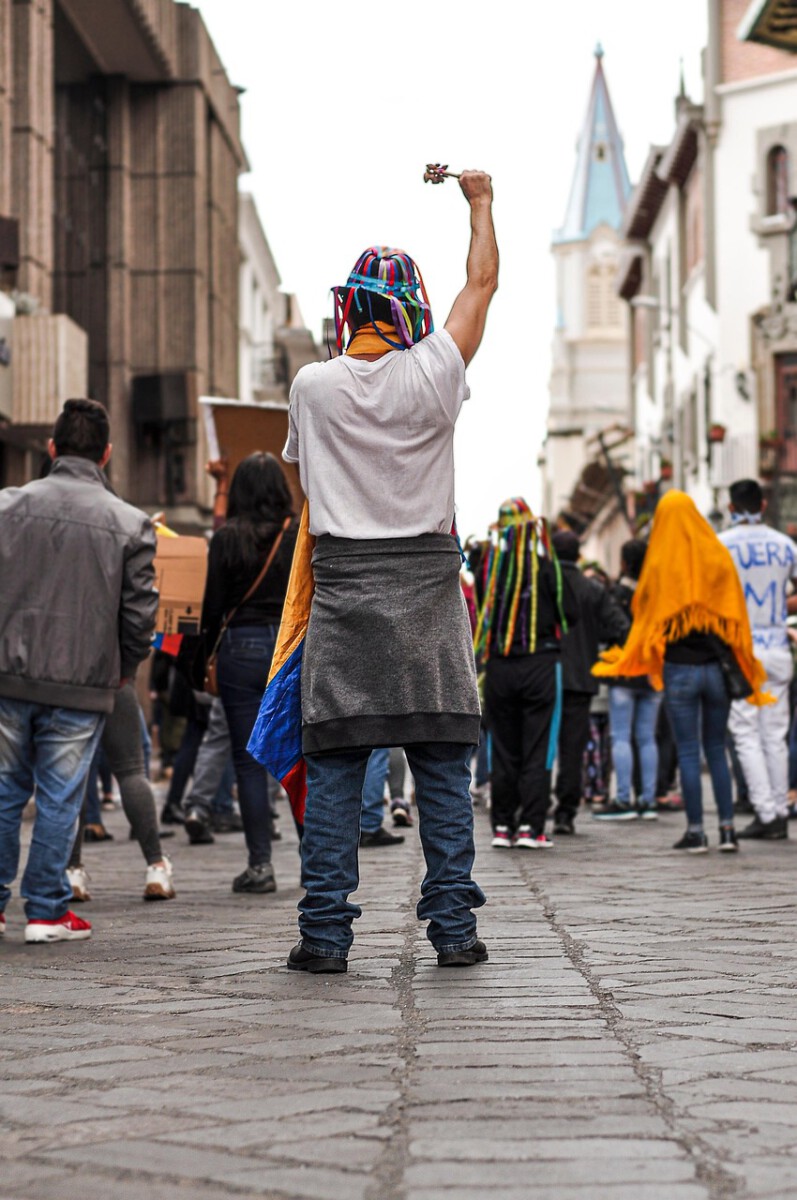The Allure of Summer Travel

Summer travel has always seemed like a rite of passage. As soon as school lets out and the weather warms up, families and friends scatter toward beaches, mountains, and buzzing cities. There’s something magical about the energy of summer—the longer days, lively festivals, and the promise of adventure. In 2024, travel numbers soared, with domestic trips in the United States jumping by 15% from the year before. Destinations like Florida and California saw record-breaking crowds, turning once-quiet getaways into bustling hot spots. Yet, beneath the sun-soaked Instagram photos, the reality often involves fighting for a spot at the pool, waiting in endless lines, and paying a premium for just about everything. The excitement is real, but so is the exhaustion that comes with the territory.
The Cost of Summer Travel

Traveling in the summer used to feel like a splurge, but now it’s often downright unaffordable. According to a recent AAA survey, the average cost of a week-long summer vacation in 2024 hit around $2,500—a 20% bump from just last year. It’s not just airfare that’s skyrocketed; hotels, rental cars, and even basic meals are all noticeably more expensive. With inflation eating away at everyday budgets, the prospect of shelling out thousands for a brief escape feels overwhelming for many. People are starting to weigh whether the experience justifies the price, especially when alternatives exist that don’t require draining their savings. The shift is real, and wallets are speaking louder than wanderlust.
The Crowds and Chaos

Nothing kills the vacation mood quite like a mob of tourists at every turn. In 2024, visitor numbers at top U.S. national parks like Yellowstone and Yosemite far exceeded their capacity, leading to long waits for shuttles, packed trails, and a sense of being herded like cattle. Even city escapes weren’t immune—popular attractions saw lines wrapping around blocks and reservations booked out months in advance. The constant jostling and noise can turn a relaxing getaway into a test of patience. More travelers are realizing that exploring during the quieter months—like spring or late fall—offers a much more relaxed, authentic experience. It’s no wonder some are skipping the summer crowds altogether.
Environmental Impact

The environmental costs of peak-season travel are becoming impossible to ignore. A 2024 United Nations report highlighted that tourism is responsible for about 8% of global greenhouse gas emissions. Flights, car rentals, and hotel stays all add up, especially when millions travel at once. Eco-conscious travelers are starting to question whether their summer adventures are worth the ecological toll. Many are swapping long-distance getaways for local excursions or train trips, hoping to minimize their impact. The collective shift toward more responsible travel reflects growing concern over sustainability and the future of our planet.
The Rise of Remote Work

Remote work has upended the old rules about when and how to travel. With flexible hours and the ability to work from anywhere, people are no longer tied to the summer calendar for their vacations. FlexJobs reports that 70% of remote employees planned to take a “workation” in 2024—blending work and leisure in new places without the need for official time off. This trend means less pressure to travel during peak months, as workers can now enjoy off-season deals and quieter destinations. It’s a game-changer for anyone who used to feel stuck within the rigid boundaries of traditional vacation time.
The Joy of Staycations

Staycations have become a go-to alternative for those tired of summer travel hassles. According to a 2024 study by the Travel Industry Association, about 60% of Americans chose to explore their own cities or regions rather than booking faraway trips. This shift has led people to uncover hidden gems in their own backyards—parks, museums, quirky cafes, and local festivals they’d previously overlooked. Staycations also save money and sidestep the stress of packing, airports, and unpredictable travel delays. For many, the simple pleasure of sleeping in their own bed after a day of local adventure is hard to beat.
Health and Safety Concerns

Even as the world recovers from the pandemic, health remains a top concern for many travelers. Crowded airports, packed attractions, and busy hotels can still feel risky. A 2024 survey by the Global Business Travel Association found that 45% of respondents worried about exposure to illness in crowded places while traveling. These concerns have led some to avoid peak travel times, preferring to hit the road during quieter periods when they feel more comfortable and in control. The sense of security offered by avoiding big summer crowds is a powerful motivator for changing travel habits.
The Appeal of Off-Peak Travel

Traveling during off-peak months has a charm all its own. Not only are prices generally lower, but the atmosphere is often more relaxed and welcoming. In 2024, travel experts widely recommended visiting popular destinations in the fall or winter, when you can savor the sights without elbowing through crowds. The experience can feel more personal and immersive, with locals having more time and energy to share their culture. This growing trend toward off-peak travel is making people rethink the default summer vacation and look for new ways to enjoy their favorite places.
Embracing Local Culture

As more people choose local adventures, there’s a fresh appreciation for the richness of nearby culture. Instead of chasing faraway attractions, travelers are digging into their own communities—trying new foods, joining local events, and discovering stories they never knew were so close. In 2024, surveys showed that people reported feeling more connected and fulfilled by these experiences. There’s something deeply satisfying about realizing that adventure doesn’t always require a plane ticket; sometimes, it’s just a short walk or drive away. This shift is helping people build stronger bonds with the places they call home.
A New Perspective on Travel

The traditional summer trip is losing its grip as the gold standard for vacation. Rising costs, environmental worries, and a hunger for something more meaningful are pushing travelers in new directions. Whether it’s a cozy staycation, a spontaneous off-peak getaway, or simply taking time to explore nearby neighborhoods, the ways we recharge and reconnect are evolving. More travelers are discovering that breaking free from the summer travel rush opens the door to richer, less stressful experiences.








